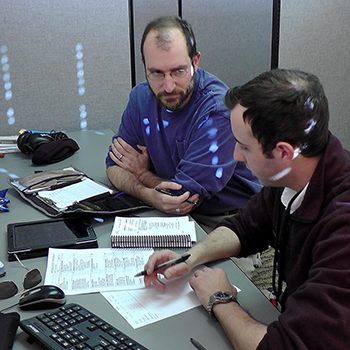Subscriber question:
"Many pilots like myself have not been flying in over a year. Any advice on getting back into the cockpit?" — Bob B.
Ryan Koch:
 “I’ve been in both seats in this situation—as the instructor, and as the rusty pilot after several years away from flying. The areas that accumulate rust can be divided into three categories: stick-and-rudder skills, procedures, and knowledge.
“I’ve been in both seats in this situation—as the instructor, and as the rusty pilot after several years away from flying. The areas that accumulate rust can be divided into three categories: stick-and-rudder skills, procedures, and knowledge.
Stick-and-rudder skills are typically the least affected by a layoff. To some degree, flying is like riding a bike. The first stick-and-rudder skills to go usually involve the feet. In particular, basic coordination and crosswind landings. Before a refresher flight, spend time reviewing the proper technique for crosswind correction and for rudder use in general. Be sure to get some crosswind landings and takeoffs in with your instructor.
The other two categories, procedures and knowledge, can go quickly downhill if they’re left unused. The key is that you actually can use them even without flying. After my hiatus, I returned to flying relatively sharp, which I attribute to keeping my head in the game. You can too. Read magazines. Watch videos from creators with diverse perspectives and skills. Ride along with other pilots if you can.
I also practiced regularly with my home simulator. So much of flying—especially IFR—is about procedure and workload management. With a good home simulator setup you can hone those skills as effectively as you can in the plane. If you didn’t do that, it’s not too late. Get a basic home simulator—it doesn’t need to be fancy or certified—and make full ramp-to-ramp practice flights. Do everything exactly as you would in the real plane. I also recommend adding a live ATC service like PilotEdge.
How much time will it take to become proficient again? A common rule-of-thumb is at least one hour of flight instruction and one hour of ground instruction for every year away. Double it if IFR is involved. You won’t know exactly where the rust will be, so fly with an instructor first even if you don’t technically need a flight review. If you don’t want instruction, challenge that CFI to stay quiet unless absolutely necessary. Consider them a safety system as you get reoriented at your own pace.
Every pilot is different, so as you regain confidence in the left seat, note which areas need the most work. Then you’ll know what to focus on during and after your next layoff if it happens again.“
How recently have you been in the air as PIC?

